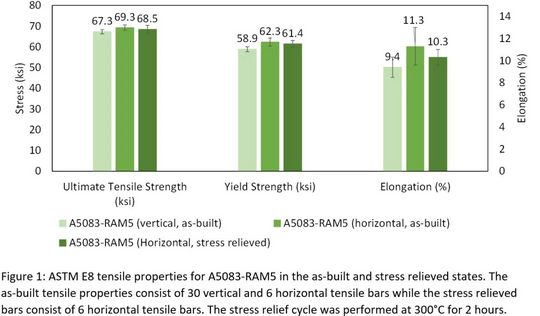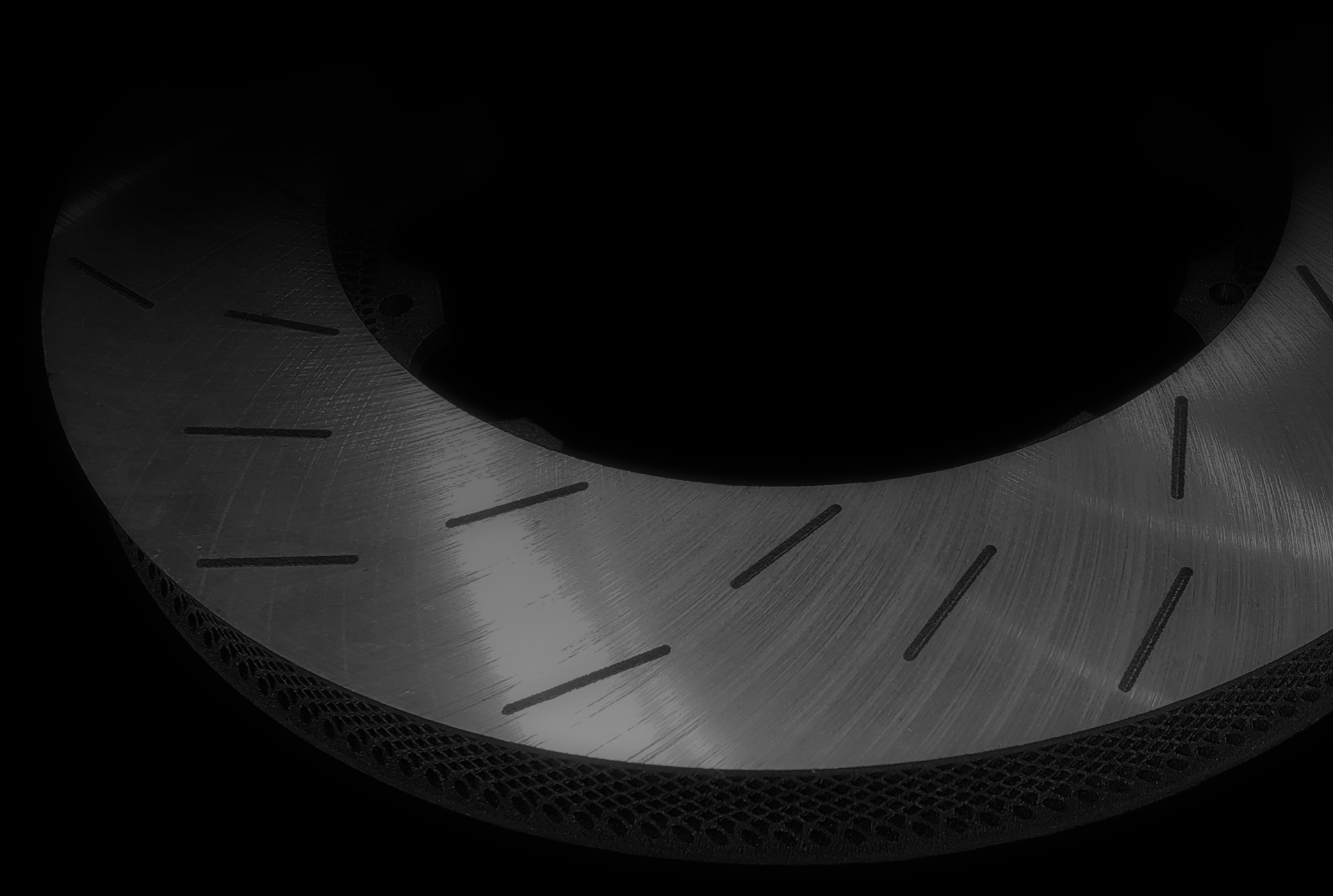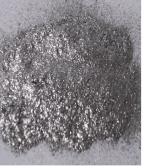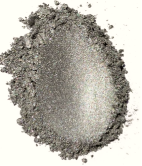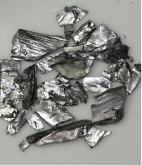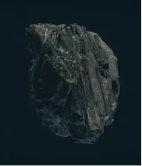Elementum 3D, is set to launch its revolutionary A5083-RAM5 aluminum alloy at the upcoming Rapid + TCT 2023 event, taking place from May 2-4. Developed in part with the support of the US Army, this innovative alloy provides exceptional printability, highly consistent properties, and impressive strength, all without requiring heat treatment.
Traditionally, wrought aluminum alloy 5083 has been known for its high strength and corrosion resistance, making it a top choice for applications in seawater and other harsh environments. However, its composition has historically made it unsuitable for use in fusion-based additive manufacturing processes due to solidification cracking.
Utilizing patented reactive additive manufacturing (RAM) technology, these limitations have been overcome by synthesizing nanoscale reinforcements during the printing process to create a fine equiaxed microstructure with superior properties and printability. As a result, A5083-RAM5 exhibits consistent tensile properties in both horizontal and vertical orientations, as well as in as-printed and stress-relieved states. The RAM additions result in significantly higher strengths than wrought 5083 products, with as-printed A5083-RAM5 demonstrating an impressive 1.8x the yield strength of strain-hardened wrought 5083-H116 and, in the stress relieved state, delivering a remarkable 2.9x the yield strength of wrought 5083-O.
The release of A5083-RAM5 enables manufacturers to print advanced components from a high-strength aluminum alloy with reduced post-processing time and cost. Moreover, the alloy does not contain any rare elements leading to a robust supply chain. Printed A5083-RAM5 is designed for use in any applications wrought 5083 alloy is traditionally used including pressure vessels, marine components, aerospace components, energy sector applications, as well as applications that benefit from the higher strength and design complexity offered by A5083-RAM and AM processing.
This research was funded in part by the US Army under contract #W911NF20C0012 by the ARMY Research office ARO. This product is based in part upon work supported by the U.S. Army Small Business Innovation Research Program Office and the Army Research Office under Contract No. W911NF20C0012. Any opinions, findings and conclusions or recommendations expressed are those of the author(s) and do not necessarily reflect the views of the U.S. Army Small Business Innovation Research Program Office or the Army Research Office.

